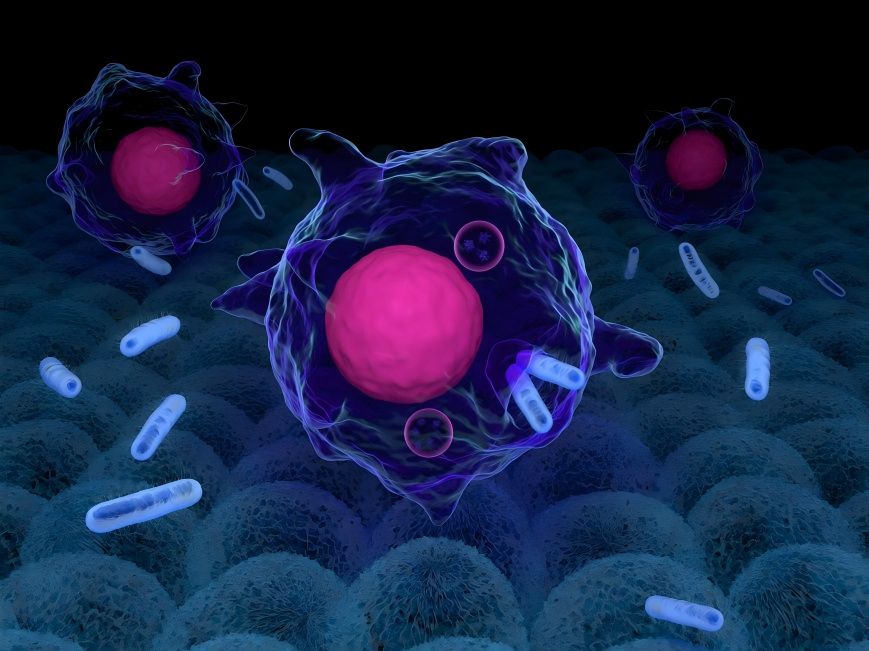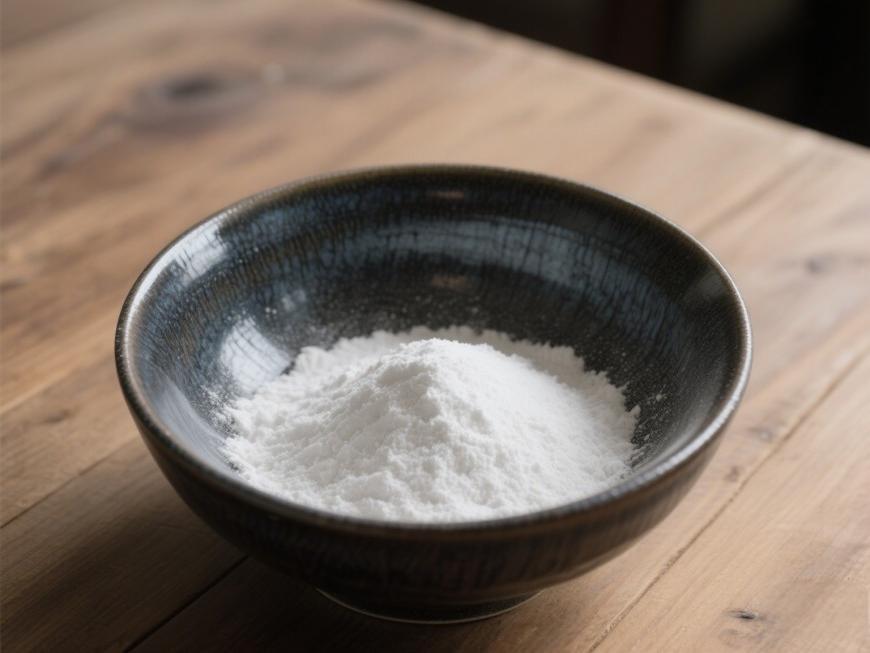Natural Ingredient D Mannose Powder: A Scientifically Proven Solution for Urinary Health
Green Spring Technology, as a leading supplier De lanatural plant extracts in the industry, is committed to providing customers with high-quality, sustainable functional ingredient solutions. We are pleased to introduce our highly anticipated natural ingredient product—high-purity D-mannitol powder.
D-mannose is a monosaccharide naturally found in cranberries and other fruits, and its applications have been expanding rapidly in the global functional food, dietary supplement, and health beverage industries in recent years. Green Spring Technology leverages strict production processes and quality control systems to ensure the high purity, excellent stability, and batch consistency of its D-mannose raw material, with products fully compliant with relevant domestic and international regulations and standards.
This raw material is suitable for the development of various dosage forms, including powders, capsules, and tablets, and can also be widely applied in innovative products such as functional beverages and nutrient-fortified foods, providing reliable raw material support for companies to create differentiated, high-value-added health products.
D-Mannose: A Natural Raw Material Option for Urinary Health Product Development
D-mannose has the chemical formula C₆H₁₂O₆ and is commonly found in the pyranose form, containing two isomers: α-type and β-type [1-2]. It is distributed in various tissues of mammals, such as skin, liver, and intestines, with plasma concentrations typically maintained at 50–100 μmol/L [3].
Mechanistically, D-mannose can enter cells via hexose transporters on the cell membrane and participate in subsequent metabolic or glycosylation processes under the catalysis of intracellular enzymes. Notably, D-mannose can form specific bonds with certain bacterial surface proteins (e.g., FimH in Escherichia coli) [4], providing a theoretical basis for its application in urinary health products [5].

Urinary tract health is a widely recognised concern among global consumers, particularly recurrent urinary tract infections in women. With the rise of non-antibiotic product development concepts, D-mannose, as a naturally sourced functional ingredient, is increasingly attracting attention from food and health supplement manufacturers.
Guidelines from organisations such as the European Association of Urology also recommend non-antimicrobial strategies to support urinary tract health. In this context, D-mannose, with its ability to bind to bacterial proteins and its excellent safety profile, has emerged as a popular raw material option for product development.
We supply high-purity D-mannose powder, which is stable in quality, compliant, and reliable, suitable for the development of various end products such as dietary supplements (e.g., powders, tablets, capsules) and functional foods and beverages. Green Spring Technology is committed to collaborating with customers to leverage natural ingredients such as D-mannose to advance innovation in urinary health products and address market demand for natural, safe, and sustainable solutions.
D-mannose: A high-quality natural ingredient empowering innovation in urinary health products
In the functional food and dietary supplement sector, D-mannose has emerged as a highly sought-after natural ingredient for urinary health product development. Naturally found in fruits such as cranberries, it offers a unique development approach for urinary health products through its mechanism of specifically binding to certain bacterial surface proteins (e.g., FimH). Currently, D-mannitol is widely used in functional products such as powders, capsules, and tablets, providing consumers with natural support for daily urinary health.
As a reliable supplier of D-mannitol raw materials, Green Spring Technology leverages advanced fermentation production processes to provide high-purity (99%) and high-quality D-mannitol powder. Our raw materials offer the following advantages:
1. Fermentation-derived, natural, and safe, meeting global market demand for clean label products;
2. Purity as high as 99%, stable quality, and high batch consistency;
3. Excellent solubility, easy to formulate, suitable for various dosage forms such as solid beverages, gummies, and capsules;
4. Compliant with international standards and regulatory requirements, supporting product exports to multiple countries and regions.
Green Spring Technology' SD-mannitol powder ingredient provides strong support for product innovation, helping manufacturers develop differentiated, high-value-added health products. Whether for single-ingredient products or composite formulations, our raw materials can effectively integrate into end products, enhancing product competitiveness and market appeal.
For more information on technical specifications, application solutions, or compliance support for D-mannitol raw materials, please contact our technical team. Green Spring Technology is committed to providing comprehensive services from raw material selection to formulation optimisation, working together to create the next market-leading product!
Discuss with our technical team the application of D-mannose in your food, beverage, or health supplements.
Contact Information:
WhatsApp: +86 13649243917
Email: helen@greenspringbio.com
Website: https://www.greenspringnatural.com
Référence:
[1]Stewart RA, Carrico CK, Webster RL, et al. Stéréospécificité physico-chimique dans Le goût perception of αD-mannose Et β-D-mannose[J]. Nature, 1971, 234(5326) :220.
[2]Bunn HF, Higgins PJ. Réaction des monosaccharides avec des protéines: Possible évolutif Importance [J]. La Science, 1981, p. 1. 213(4504) :222⁃224.
[3]Alton G, Hasilik M, Niehues R, et al. Utilisation directe du nez d’homme pour la biosynthèse de la glycoprotéine de mammifère [J]. Glycobiology, 1998, 8(3) :285⁃295.
[4]Krogfelt KA, Bergmans H, Klemm P. preuve directe que la protéine FimH est l’adhesine spécifique de mannose⁃ de fimbriae de type 1 de Escherichia coli [J]. Infect Immun, 1990, 58(6) : 1995-1998.
[5]Spaulding CN, Klein RD, Ruer S, et al. Épuisement sélectif d’e. coli uropathogène de l’intestin par un antagoniste du FimH [J]. Na⁃ture, 2017, 546(7659) :528⁃532.
[6]Gonzalez PS, O'Prey J, Cardaci S, et al. Mannose altère la croissance des tumeurs et renforce la chimiothérapie [J]. La Nature, À partir de 2018 563(7733) :719⁃723.
[7]Zhang W, Cheng H, Gui YY, et al. Traitement Mannose: une nouvelle stratégie promis⁃ing pour supprimer l’inflammation [J]. Avant Immunol, 2021, 12 :756920.
[8]Caretto M, Giannini A, Russo E, et al. Prévenir les infections urinaires après la ménopause sans antibiotiques [J]. Maturitas, 2017, 99 :43-46.
[9]Sihra N, Goodman A, Zakri R, et al. Prévention et prise en charge non antibiotiques des infections urinaires récurrentes [J]. Nat Rev Urol, 2018, 15(12) :750⁃776.
[10]Scribano D, Sarshar M, Fettucciari L, et al. Infections des voies urinaires: peut-on prévenir l’infection à Escherichia coli uropathogène avec une intervention alimentaire? [J]. Int J Vitam Nutr Res, 2021, 91(5/6) : 391 ⁃395.
[11]Domenici L, Monti M, Bracchi C, et al. D ⁃mannose: un soutien prometteur pour les infections urinaires aiguës chez les femmes. Étude pilote [J]. Eur Rev Med Pharmacol Sci, 2016, 20(13) :2920⁃2925.
-
Précédent précédent
À quoi sert la papaïne immobilisée?
-
Suivant:
Fermented D Mannose Raw Materials Contribute to Healthy Products


 Anglais
Anglais français
français espagnol
espagnol russe
russe coréen
coréen japonais
japonais




